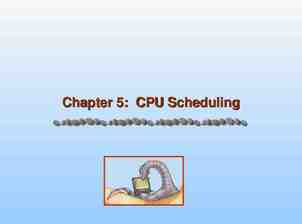Percent Yield and Stoichiometry Honors Chemistry Thanks to Whittier
7 Slides234.50 KB
Percent Yield and Stoichiometry Honors Chemistry Thanks to Whittier Union High School District, Whittier, CA
Percent Yield describes how much product was actually made in the lab versus the amount that theoretically could be made. Actual Yield 100 Percent Yield Theoretical Yield Percent yield tells you how close you were to the 100% mark. Reactions do not always work perfectly. Experimental error (spills, contamination) often means that the amount of product made in the lab does not match the ideal amount that could have been made.
Theoretical Yield The maximum amount of product that could be formed from given amounts of reactants. Actual Yield The amount of product actually formed or recovered when the reaction is carried out in the laboratory.
Example: A chemist was supposed to produce 75.0 g of aspirin. However, he squandered some of the reactants for his own personal use (he was later fired), and so only actually made 50.0 g. What was his percent 50.0 g yield? 66.7 % X 100 75.0 g
More Examples! When I was a sophomore in college, we had a lab where we were supposed to isolate caffeine from tea leaves. Most of my caffeine was washed down the drain in a freak accident. Although I should have had 5.0 g of caffeine, I only ended up with 0.040 g of caffeine and a bad grade on the lab. What was my percent yield? 0.040 g 5.0 g X 100 0.80 %
2. A very sloppy student did not wait until his NaCl was dry before he weighed it. As a result, his product weighed 2.25 g when it should have been 1.75 g. What was his percent yield? 2.25 g X 100 129% 1.75 g
3. What is the theoretical yield if 5.50 grams of hydrogen react with nitrogen to form ammonia? 3 H2 N22 NH3 5.50 g H2 1 mole H2 2 moles NH3 2.02 g H2 3 moles H2 17.04 g NH3 1 mol NH3 30.93 grams NH3 Theoretical Yield!!!! Only 20.4 grams of ammonia is actually produced in the lab. What is the percent yield? 20.4 g X 100 65.96 % 30.93 g yield












